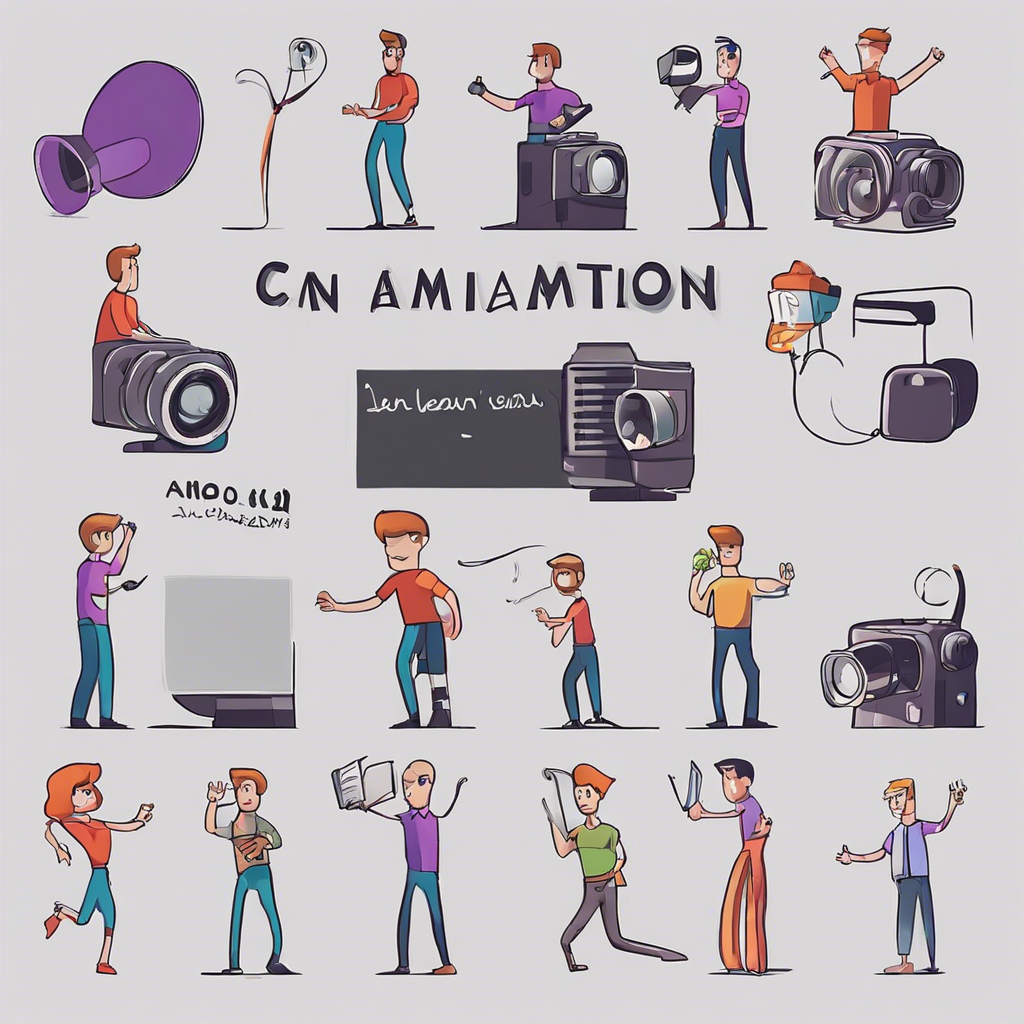Can I learn animation in 2 weeks?
Can I Learn Animation in 2 Weeks?
Introduction
Animation has long been a fascinating and captivating art form, bringing stories and characters to life across various media platforms. From classic hand-drawn cartoons to modern 3D computer-generated imagery (CGI), the world of animation continues to evolve and enthrall audiences worldwide. Many aspiring animators and enthusiasts wonder if they can master this skill in a short timeframe, such as two weeks. This article aims to explore the possibility of learning animation within this limited period, considering factors like dedication, available resources, and the specific type of animation one wishes to pursue.
The Basics of Animation
Before diving into the feasibility of learning animation in two weeks, it's essential to understand the basics. Animation is the process of creating a sequence of images that, when played in rapid succession, create an illusion of movement. This can be achieved through various techniques, including hand-drawn, stop-motion, and computer-generated animation. The fundamental principles of animation, such as timing, spacing, squash and stretch, and anticipation, are crucial for creating fluid and believable motion.
Factors Influencing Learning Speed
Personal Dedication and Commitment
The amount of time and effort one is willing to invest in learning animation significantly impacts their progress. Two weeks is a relatively short period to grasp complex skills, especially in a field as nuanced as animation. However, with dedicated practice, watching tutorials, and applying learned concepts, one can make noticeable progress. The key is consistency and setting realistic goals for what can be achieved in such a short time.
Prior Artistic Experience
Having a background in art, particularly in drawing, can significantly accelerate the learning process. Understanding basic drawing principles, such as anatomy, perspective, and composition, can ease the transition into animation. For those without prior artistic experience, two weeks might be insufficient to build the necessary foundation, though it's not an insurmountable barrier to entry.
Choice of Animation Type
The type of animation one chooses to learn can also influence the learning curve. For instance, stop-motion animation requires physical objects and props, which can be more time-consuming than digital animation. On the other hand, 2D digital animation can be more accessible, especially with the availability of user-friendly software like Adobe Animate or free alternatives like OpenToonz. 3D animation, while offering a more immersive result, demands a steeper learning curve due to the complexity of working with 3D models and environments.
Tools and Resources
Access to quality learning resources and software can greatly enhance the learning experience. Many online platforms offer free or affordable courses on animation basics, from introductory to more advanced topics. YouTube tutorials, Skillshare classes, and dedicated animation forums are invaluable resources for self-learners. Additionally, choosing the right software that matches one's skill level and learning goals is crucial. For beginners, software with a gentle learning curve and ample community support is recommended.
Achieving Goals in Two Weeks
Setting Realistic Expectations
In two weeks, it's realistic to expect to grasp the basics of animation and create a simple animation. This could be a short 10-20 second piece focusing on a single character performing a basic action. Mastering advanced techniques or producing a complex animation is unlikely within this timeframe but setting achievable goals can still lead to a rewarding experience.
Daily Practice and Feedback
Dedicating time each day to practice and experiment with different animation principles is essential. Creating short exercises to practice specific skills, such as timing a character's movement or refining a walk cycle, can lead to rapid improvement. Seeking feedback from more experienced animators or joining online communities can provide valuable insights and constructive criticism.
Conclusion
Learning animation in two weeks is ambitious but not impossible. The key factors include personal dedication, prior artistic experience, the choice of animation type, access to quality resources, and the use of appropriate software. Setting realistic goals, practicing daily, and seeking feedback are crucial steps toward achieving a basic understanding of animation within this timeframe. While becoming a professional animator requires years of experience and continuous learning, anyone can start their journey in animation with passion, commitment, and the right approach. Whether your goal is to create a short animation as a hobby or to embark on a career in the animation industry, the first step is always the most challenging. With determination and the right resources, two weeks can be the beginning of an exciting adventure in the world of animation.
Discover more from EMD
Subscribe to get the latest posts to your email.
